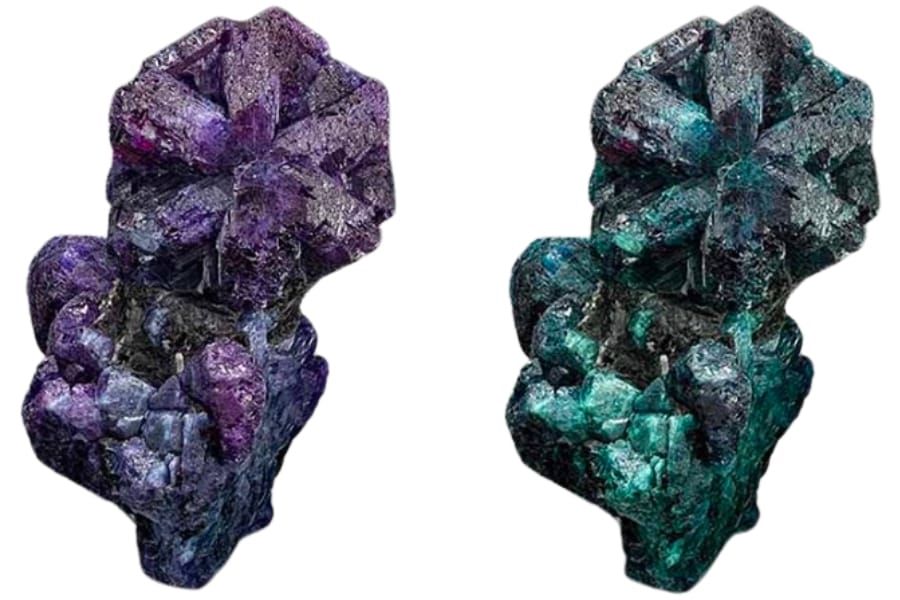Have you ever heard of a gem that can change colors? At first glance, alexandrite might look green under sunlight, but in different lighting, it can appear reddish.
This amazing ability has given this gem the nickname “emerald by day, ruby by night.” Just think about how thrilling it would be to have a piece of jewelry like this. But how do you find alexandrite?
When they’re in the wild, they often look like plain, ordinary stones. It’s only when they’re cut and polished that their true beauty shines.
But don’t let that discourage you! In this article, we’re going to point you in the right direction and guide you on how to identify alexandrite when you see one. With the right knowledge and a keen eye, you might spot this gem with ease!
What Alexandrite is
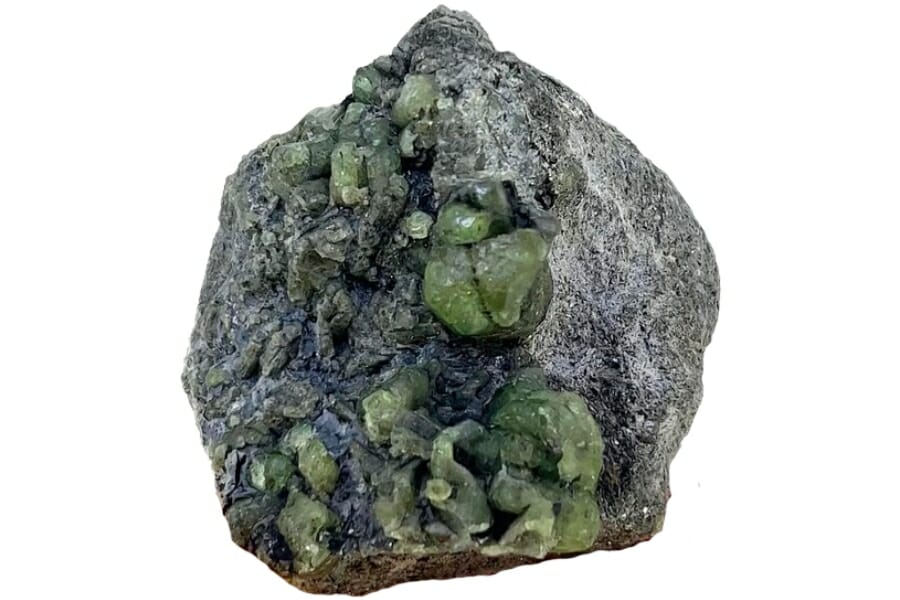
Alexandrite is known for its magical ability to change colors. In sunlight, it looks green, but under candlelight or lamplight, it turns a deep red.
Deep inside the Earth, there are certain minerals and elements that come together in just the right way.
When beryllium, a rare element, combines with aluminum, oxygen, and chromium, alexandrite is formed. The presence of chromium is what gives alexandrite its color-changing ability.
If you’re wondering where to find alexandrite in real life, just know that it can be a bit rare. Russia was the first spot where it was discovered, but it’s also found in Brazil, Sri Lanka, and Madagascar.
The different types of alexandrite
To be successful in your alexandrite hunting, it pays to know the different kinds of this gem that you might encounter in your exploration. It’s also always a great idea to be familiar with what they look like and what sets them apart.
Below are some of the types of alexandrite based on their origin:
Russian alexandrite
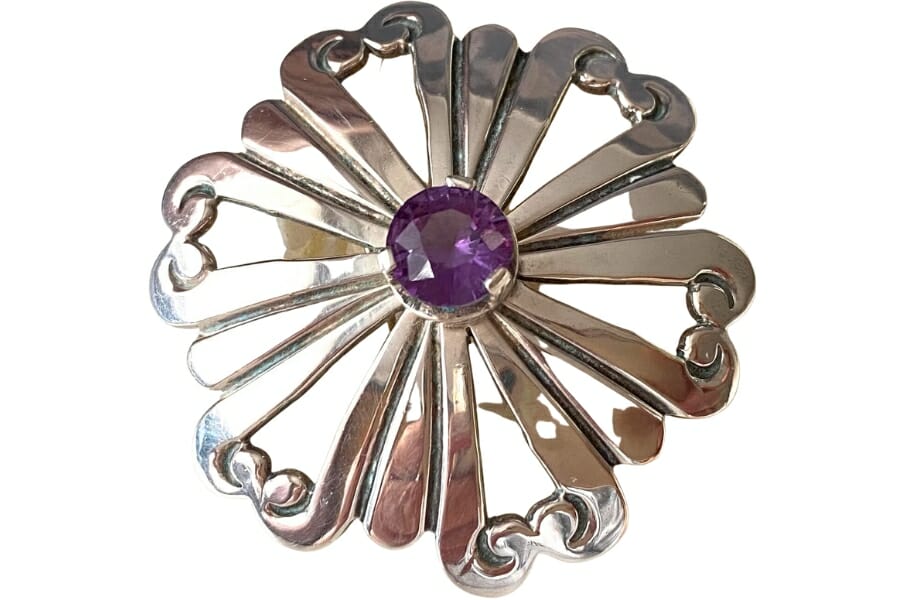
Russian alexandrite is the original and often considered the top-quality kind. Why? It has this amazing ability to change colors in a really clear way.
During the day, when you’re out in the sunlight, it can look like a beautiful green. But, under lamplight at night, it can turn into a stunning red. It’s like having two gemstones in one!
It was first discovered in the Ural Mountains of Russia in the 1830s. When it was found, it was named after the young Russian Tsar, Alexander II.
The color-changing property of the gem even matches the national military colors of Russia: green and red. How cool is that?
Even though there are other places in the world where you can find alexandrite, the Russian type stands out because of its vivid and clear color change.
Sri Lankan alexandrite
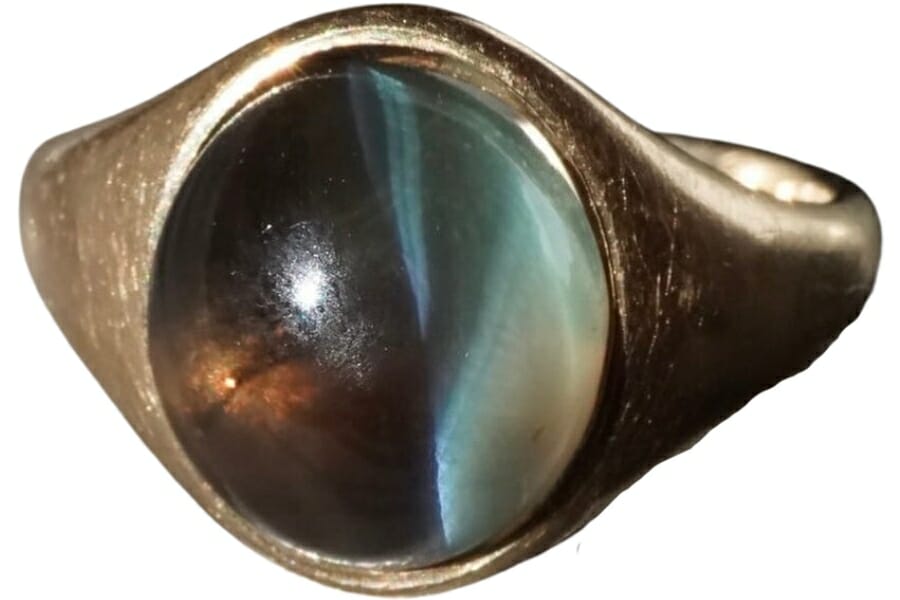
Sri Lankan alexandrite has its own special sparkle! While the Russian type might be the most famous, the ones from Sri Lanka have a charm that’s hard to resist.
They sometimes show a mix of green, blue, and even a touch of brown. But when you move them to different lights, they can change to lovely shades of red or pink. It’s like watching a sunset on a gemstone!
Sri Lanka, an island nation with lush landscapes, is full of gem-rich soils. Specifically, the gem mines of Ratnapura, which means “City of Gems” in Sinhalese, are famous spots for finding alexandrite.
Brazilian alexandrite
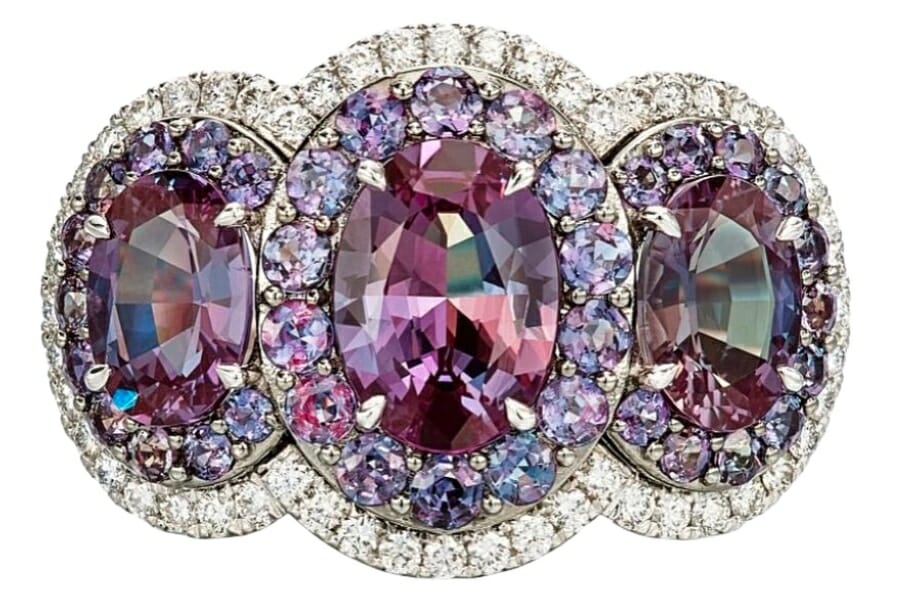
While Russia might be where alexandrite was first discovered, Brazil has become a major player in the game. Brazilian alexandrite is quite a newcomer, though. It was only in the 1980s that significant amounts of this gem were found in this country.
The states of Minas Gerais and Bahia in Brazil are where the action’s at. These regions have lush green forests, and hidden beneath are the sparkling treasures of alexandrite.
Now, for a cool tidbit: Some of the alexandrites from Brazil are so top-notch that they can even give the famous Russian ones a run for their money. When you see one, you’ll think of the lively streets of Rio and the heartbeat of samba.
Zimbabwe alexandrite
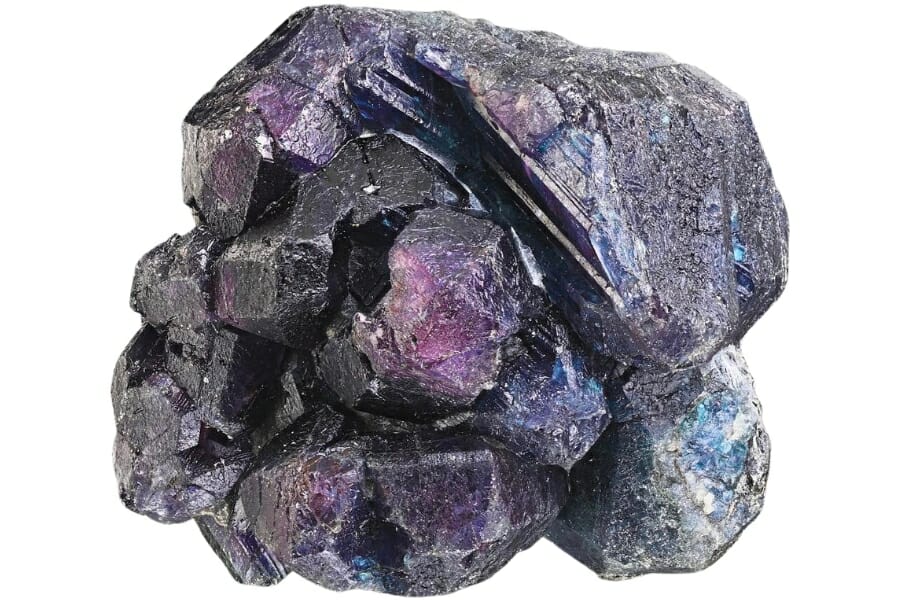
Zimbabwe alexandrite is like the hidden gem of Africa. This African treasure can dazzle with greens, blues, and sometimes when you least expect it, a burst of red in different lights.
The region of Manicaland is the hotspot for these finds in Zimbabwe! Nestled among the mountains and valleys, this area hides the secrets of Zimbabwe’s gem-rich land.
Like the Brazilian type, Zimbabwean alexandrites are still relatively new to the gem world. They were discovered after many other sources like Russia. But their quality and colors are so amazing that they’re quickly making a name for themselves.
Tanzanian alexandrite
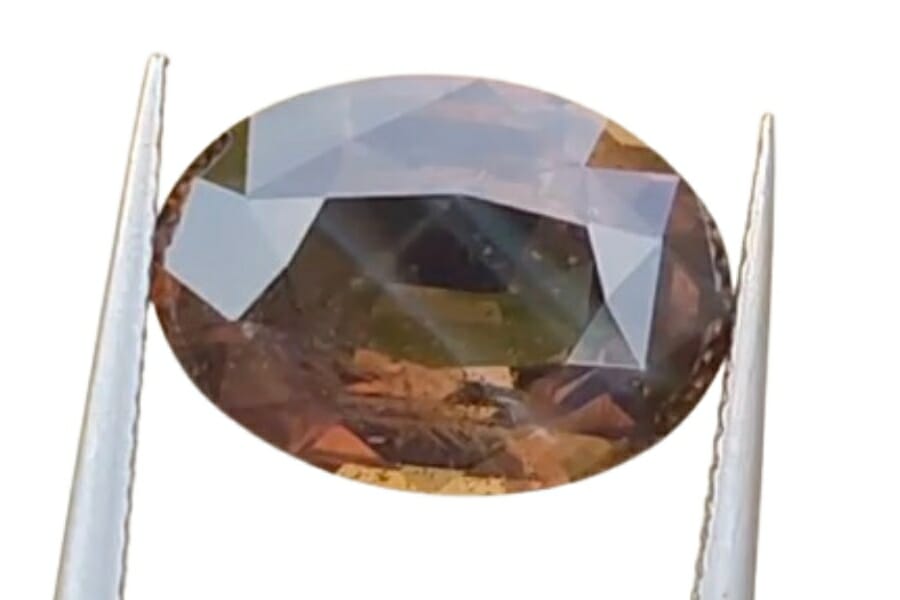
Tanzanian alexandrite can show shades of bright green, and then, as if by magic, switch to deep purples or reds in different lights. It feels like they’ve captured the vibrant spirit of African sunrises and sunsets!
The Tunduru region in Tanzania is the place to be if you want to do some alexandrite hunting. Imagine this: beneath the wild savannas, with lions and zebras roaming above, these special gems are hidden.
Even though the Tanzanian alexandrite is from the same continent as the Zimbabwean variety, it has a unique character. When you look at the Tanzanian type, think of it as a shimmering piece of Tanzania’s majestic landscape.
Where To Find Alexandrite
With such captivating colors and crystal formation, it’s no wonder many people have been asking how to find tourmalines. Your best chance to uncover them is to visit the best place in the country where they have been found.
Below is the best area in the U.S. to explore:
La Madera Mountains, Rio Arriba County, New Mexico
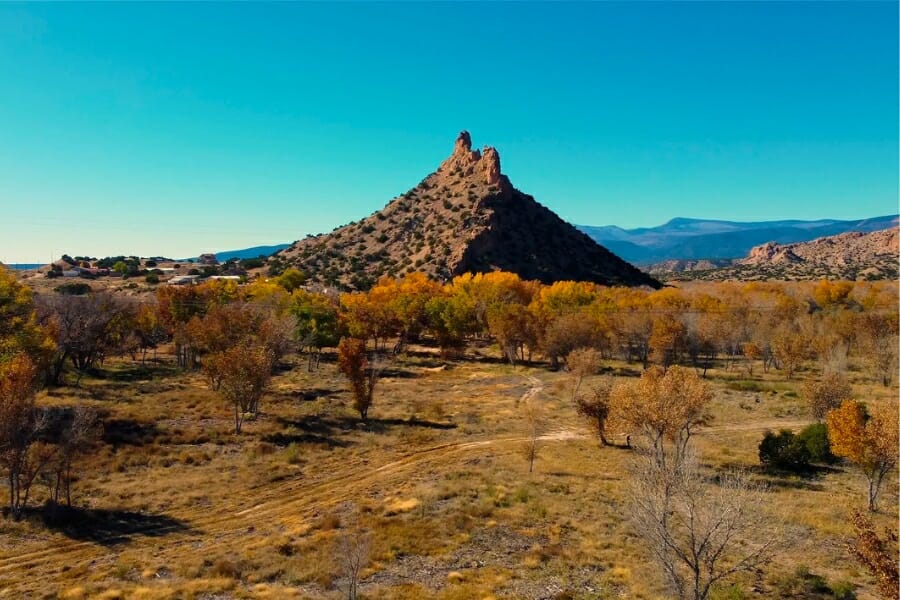
The La Madera Mountains are a rockhound’s dream come true! Hidden within these grand peaks and valleys are all sorts of amazing rocks and minerals.
Every time you explore these mountains, it’s like going on a thrilling treasure hunt!
One of the coolest things about the La Madera Mountains is the variety of minerals you can find. From shiny quartz to mysterious mica, there’s always something neat to discover. Among these treasures is the enchanting alexandrite.
These mountains are a rich tapestry of geological wonders as well. As you hike and explore, you can learn so much about the natural treasures around you.
How To Identify Alexandrite Once You Find Them
If you’re out alexandrite hunting, it’s crucial to be well-informed of how it looks like from the inside out, so that you don’t risk the chance of walking past one without knowing it.
What alexandrite looks like on the outside
From the outside, here are some of the unique observable characteristics of alexandrite that you should look out for:
Color that changes

Alexandrite has a super cool trick up its sleeve: it can change colors! It looks green during a sunny day but turns to a reddish or purplish hue under a cozy lamp at night.
This unique ability is often called the “alexandrite effect.” If you’re out in the field to look for this gem, the color change can be your secret tool.
Here’s a handy tip: Carry a flashlight or a small lamp with you. When you find a stone that you think might be alexandrite, look at its color under natural light.
Remember or even note down the shade you see. Then, shine your flashlight or lamp on it. If the stone’s color shifts noticeably, you might just have found an alexandrite.
Translucent to transparent looks

Alexandrite has a special way of interacting with light that makes it either translucent or transparent.
When you hold up the gem to a light source, it lets some or all of that light pass through. This trait can be super helpful in spotting alexandrite out in the field.
When stumble upon a stone you think might be special, try this: Hold the stone up towards the sky or a light source. If the stone is alexandrite, you’ll see light coming through, making the gem glow beautifully.
The clearer the stone, the more light will pass through, making it almost sparkle.
Strong pleochroism
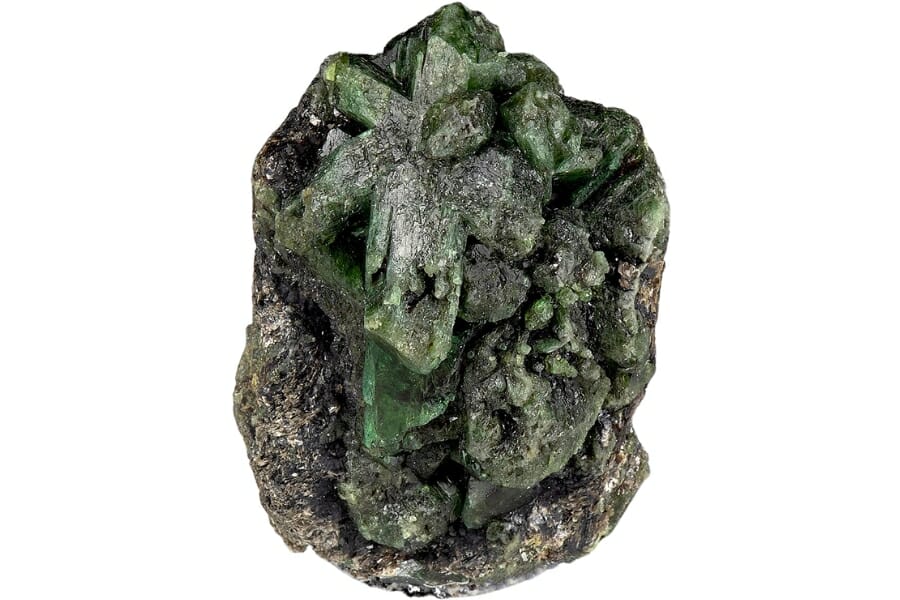
Pleochroism means that a gem can show different colors when looked at from different angles. It’s like the gem has multiple personalities, showing off various shades as you turn and tilt it.
For someone looking for alexandrite, this can be an exciting clue!
If you find a gem and you’re wondering if it’s alexandrite, try moving it around in your hand while looking closely. As you twist and turn it, do you see it change from one color to another? That strong pleochroism could be a big hint that it’s an alexandrite.
Remember, not many gems have this special trait. So using the pleochroism trick is a fantastic way to uncover the secret identity of the stones you find.
What alexandrite looks like on the inside
Now that you know what an alexandrite looks like on the outside, it’s time to get familiar with its looks from the inside. Below are its most notable characteristics from within:
Inclusions
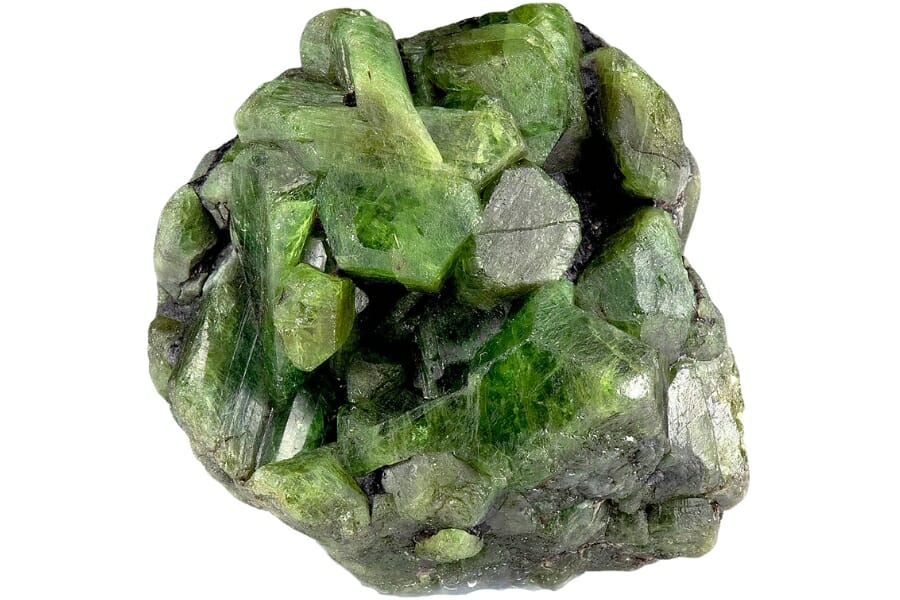
Inclusions in alexandrite can be tiny marks, threads, or bubbles that give away a lot about its history. These little imperfections happened when it was forming.
When you’re out alexandrite hunting, these inclusions are super handy. Why? Because not all gems have the same type of inclusions. Alexandrite often has specific patterns or types of inclusions that set it apart.
When you’re examining a stone and are unsure if it’s an alexandrite, use a magnifying glass to take a closer look inside. Do you see tiny silk-like threads or small crystal patterns? These could be a sign you’re holding a real alexandrite.
Special shimmer or chatoyancy
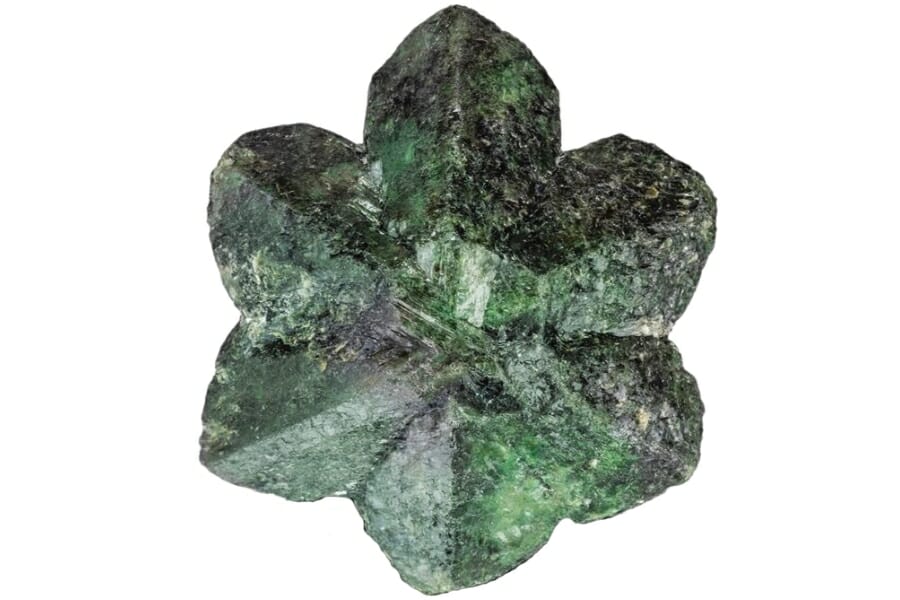
Chatoyancy is one of the coolest effects you can spot in alexandrite. Imagine a stone that seems to have a silky stripe of light across its surface, almost like a cat’s eye. That’s chatoyancy in action.
Here’s how it works: Inside the alexandrite are tiny, needle-like inclusions. They’re so small you might not see them, but they do a special job. When light hits the gem, these inclusions reflect it in a unique way, creating that magical shimmering band.
If you’re out in the field and spot a stone with this “cat’s eye” effect, you might be onto something!
Alexandrite is one of the few gems that can show chatoyancy. So, if you see that special shimmer, take a closer look. It might be alexandrite that you’re holding.
Crystals in layers
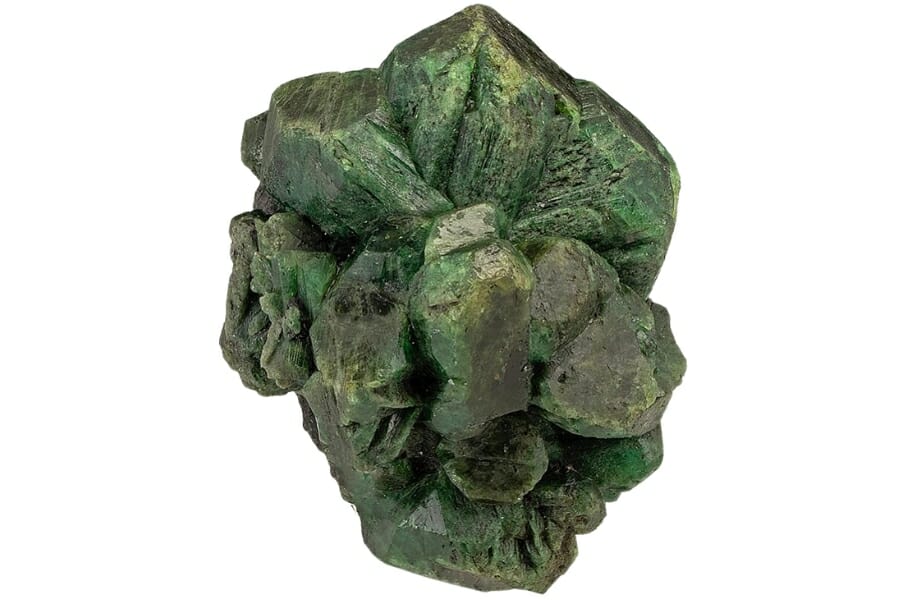
Alexandrite has a unique crystal growth pattern. These patterns are like layers or bands inside the gem. They form as the crystal grows over time, capturing the changes in its environment.
If you’re in the field and spot a gem with these layered patterns, it could be an alexandrite! Using a small magnifying glass or loupe can help you see them clearer.
Remember, not every gem has these unique layers. So next time you’re out exploring, look closely inside those shiny stones. The growth patterns could lead you right to a hidden alexandrite treasure.
How To Find Alexandrite
Even though you’re already in the area where you can find alexandrite, spotting this beautiful gem is no walk in the park. So, here are three helpful tips on how to find an alexandrite:
Observe for color change
The color-changing magic of alexandrite is one of the best ways to identify this rock. It can shift colors from green under the bright sun to red under a lamp.
When looking for alexandrite, this trick can be your best clue. If you find a stone that changes colors like this, you might just have an alexandrite in your hands.
So, always keep an eye out for this magical dance of colors. It’s one of the best ways to spot an alexandrite in the wild.
Check for pleochroism
Pleochroism is when a stone shows different colors or shades depending on the angle you look at it.
If you spot a stone that seems to change colors as you tilt it and look from different sides. That might be a sign you’ve found alexandrite!
This gem is known for its strong pleochroism. It can show a mix of green, red, and even orangey colors, all in one stone.
When you’re in the field, use this trick to your advantage. If you spot a stone with this special color dance, take a closer look.
Inspect closely using a loupe or magnifying glass
Sometimes, the clues a gem gives are tiny and hidden. They might be as small as a speck of dust or a little pattern inside the stone. But with a trusty magnifying glass or jeweler’s loupe, you can see these secret signs up close!
Imagine you find a stone that looks interesting. By using a loupe, you can dive deep into its world.
You might see unique patterns, tiny inclusions, or even hints of that magical color change alexandrite is known for.
Having this special “zoom-in” power makes all the difference. It can help you tell an ordinary stone from a precious alexandrite hiding in plain sight.

